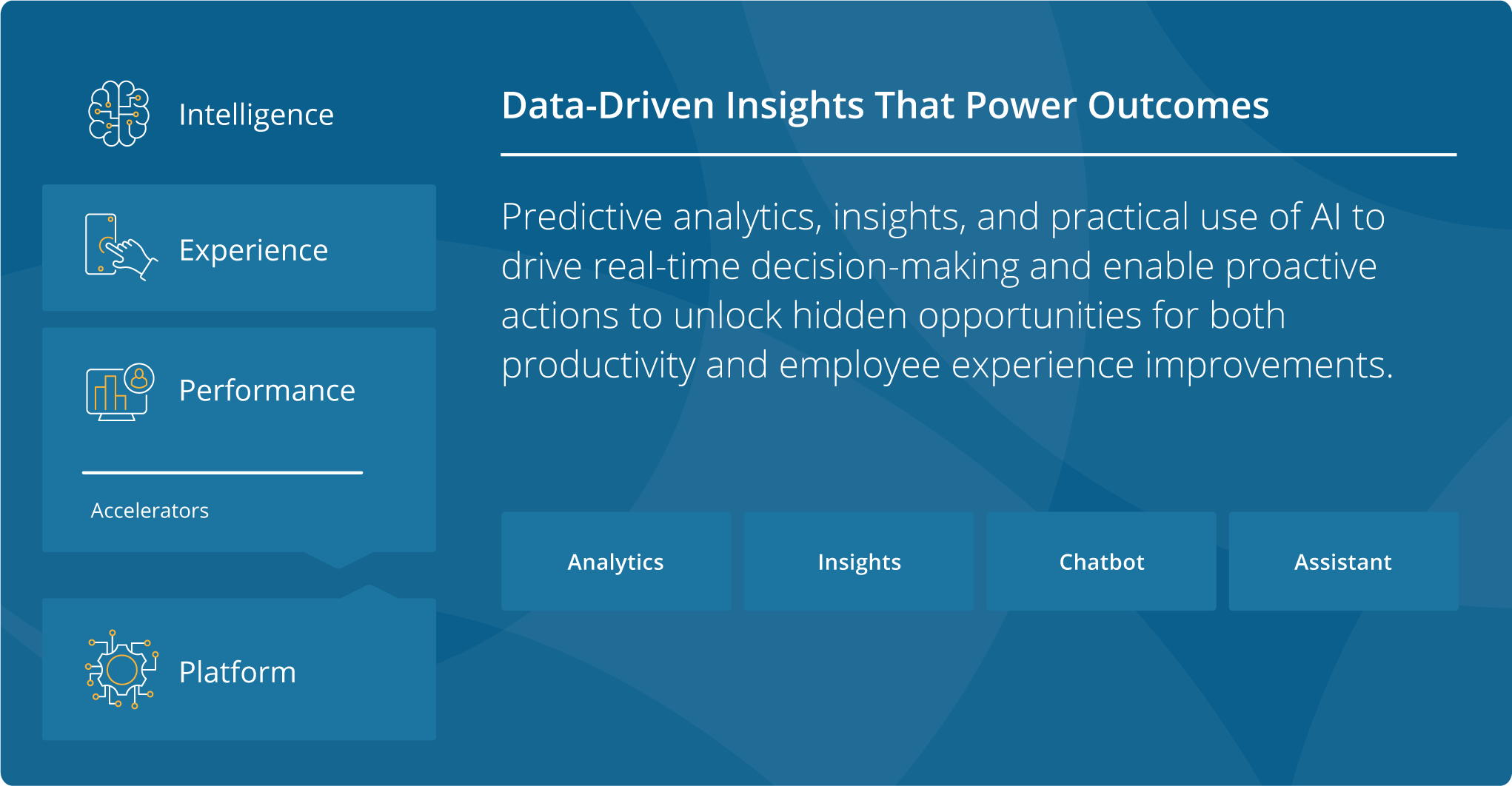How to Fix Employee Burnout Caused by Too Much Overtime

About one-third of our adult lives are spent working. It provides opportunities for professional growth, funds our day-to-day lives, affords life’s big events, and acts as a social outlet. However, for many, work is also a significant source of stress.
Identifying and Addressing Burnout from Overtime
Stress about money is prevalent. According to a recent study by the American Psychological Association, 82% of 18–34-year-olds and 77% of 34–44-year-olds experience financial stress. Adults who see income as a significant source of stress often seek overtime to cover their living costs.
Overtime has become common, with employees often forced to fill in gaps caused by the last-minute absence of colleagues facing unforeseen personal responsibilities and health problems. In fact, 84% of employees surveyed in our Global Employee Experience Study reported the importance of flexible scheduling as a barrier to better employee experience.
On the surface, overtime isn’t necessarily a bad thing, as employees are historically paid a premium for any additional hours worked. However, studies have shown frequent overtime can negatively affect performance and risk employees’ health and well-being.
The Hidden Costs of Overtime
Studies show that frequent over time can lead to:
- 23% higher likelihood of accidents for those working 60 hours a week
- 5x more likely to be involved in a car accident
- 2.4% decrease in productivity for every 10% increase in hours worked in industrial settings
Using Workforce Management Software to Prevent Burnout
Modern workforce management software facilitates proactive measures to address overtime-induced burnout. Predictive analytics and AI identify early signs of burnout, helping employers make informed decisions for their workforce’s well-being.
Strategies to Mitigate Workplace Stress
1. Use Scheduling Data to Identify Frequent Overtime
Employees can be reluctant to discuss how their schedules cause them stress. However, employee scheduling software can analyze time and attendance data to ensure scheduling is compliant with work hour limits and required rest periods. The software helps identify employees frequently working unplanned overtime, enabling managers to set effective thresholds to prevent overwork and burnout.
2. Give Workers More Control and Flexibility of Schedules
Understaffing leads to less productive employees and higher turnover. Employers should offer workers greater control over their schedules by using employee scheduling software that allows employee-initiated shift swaps. Real-time alerts for excessive overtime and insufficient rest between shifts help managers make smarter scheduling decisions. This ensures adequate shift coverage and helps staff rest and recharge.
3. Understand Employee Sentiment to Improve Their Well-Being
Workforce management software can gauge employee opinions about hours worked and assess their well-being. For example, suppose an employee has been working extra hours. In that case, the system might send a questionnaire to understand how the worker feels about the increased overtime. Based on responses, the following steps are communicated to HR or the manager to facilitate time-off approvals and shift swaps. This reduces unplanned overtime costs, prevents payroll leakage, and helps mitigate non-compliance risks—all contributing to a healthier work environment.
Leveraging WorkForce Intelligence
Data-driven and proactive intelligence is key for organizations to make timely and informed decisions that create positive outcomes on business performance and employee experience. WorkForce Intelligence provides predictive analytics and insights through digital dashboards, empowering organizations to prioritize and address emerging risks. This technology ensures compliance and enhances both employee experience and business performance, giving HR professionals and managers a sense of control and confidence in their decision-making.
With advanced workforce management software, employers can proactively address the employee experience and help your organization address related issues. This is a step toward a more productive and engaged workforce.
By scheduling a demo today, you can see the new and improved WorkForce Suite in action and discover how you can proactively identify and rectify issues related to employee burnout, providing a sense of reassurance and security.
Subscribe to The WorkForce Blog
Learn the art and science of maintaining productive, happy, engaged employees.
Discover More
Nucleus Insights from WorkForce Customers Research Note
Nucleus Research interviews WorkForce customers who validate why we’re ranked the #1 WFM enterprise vendor for 10 consecutive years.
Elevate Employee Experience: Checklist for Operational Leaders
Get the practical steps and technology functionalities operation leaders need to improve their employees’ work experiences.
Streamlining Complex Workforce Compliance Requirements Boosts Productivity
Discover how workforce compliance software helps EMEA organisations navigate complex legislation, enhance compliance and boost operational efficiency.




